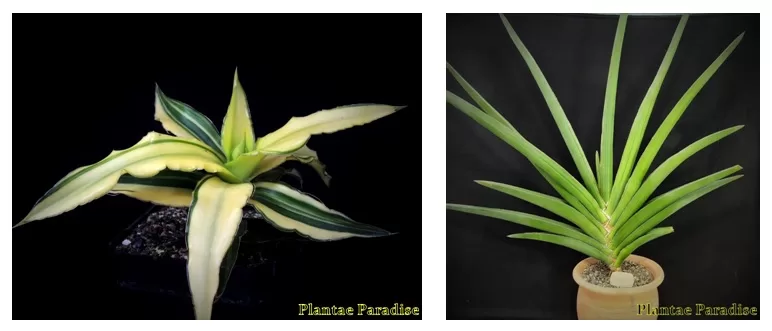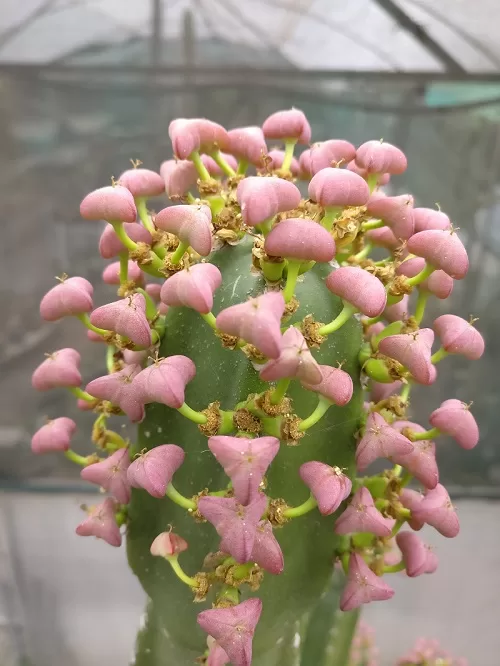As a leading and the best online nursery specializing in cacti and succulents, we often receive questions about the so-called “oxygen-giving plants.” Some people claim that certain succulents, like Euphorbia tirucalli, can produce oxygen 24 hours a day. But is this a myth or a sales gimmick? In this article, we’ll delve into the science behind photosynthesis and explore the differences between CAM and C3/C4 photosynthesis.
What are Oxygen-Giving Plants?
The term “oxygen-giving plants” refers to plants that are believed to produce oxygen continuously, often at night. This concept has gained popularity, especially among those who are interested in indoor gardening and air purification. However, it’s essential to understand that this claim is not entirely accurate. To know more contact with plantaeparadise – the Best Online Nursery.
The Science Behind Photosynthesis
Photosynthesis is the process by which plants convert sunlight, water, and carbon dioxide into glucose and oxygen. This process occurs during the day, and the rate of photosynthesis is influenced by factors like light intensity, temperature, and water availability.
CAM vs. C3/C4 Photosynthesis
Some succulents, like Euphorbia tirucalli, have a unique photosynthetic pathway called Crassulacean Acid Metabolism (CAM). In CAM plants, stomata (small openings on the surface of the leaves) remain closed during the day to prevent water loss. Instead, they take in carbon dioxide at night and store it in the form of organic acids. During the day, the plant breaks down these acids and uses the stored CO2 for photosynthesis. To know more contact with plantaeparadise – the Best Online Nursery.
In contrast, C3 and C4 plants have different photosynthetic pathways. C3 plants, like most green plants, use the C3 pathway, which involves the direct fixation of CO2 during the day.
The Truth About Oxygen-Giving Plants
While CAM plants like Euphorbia tirucalli do have some unique adaptations, they do not produce oxygen continuously. The oxygen produced during photosynthesis is primarily released during the day, just like in C3 and C4 plants. At night, CAM plants are actually taking in oxygen and releasing CO2 through respiration, similar to other plants. It is just that the Carbon dioxide required for photosynthesis is taken in at night instead of day time and stored as malic acid for use in day time. This is because the stomata of some of these desert plants open at night time to reduce water loss by transpiration. Contact with us the Best Online Nursery to know more about the truth about oxygen- giving plants.
Conclusion:
In conclusion, the concept of “oxygen-giving plants” is not entirely accurate. While some succulents like Euphorbia tirucalli have unique adaptations, they do not produce oxygen continuously. The rate of photosynthesis and respiration varies depending on the time of day and environmental conditions. To know more about oxygen giving plants contact plantaeparadise – the Best Online Nursery.
Buy Cactus and Succulents from the Best Online Nursery
At www.plantaeparadise.com, we offer a wide range of cacti and succulents, including Euphorbia tirucalli. Our expert team is dedicated to providing you with the best online nursery experience. Whether you’re a beginner or an experienced gardener, we have the perfect plants for you. Browse our collection today and discover the beauty of these fascinating plants!.

